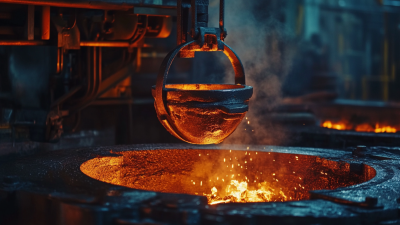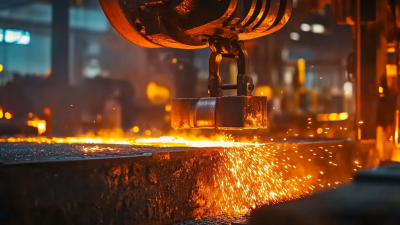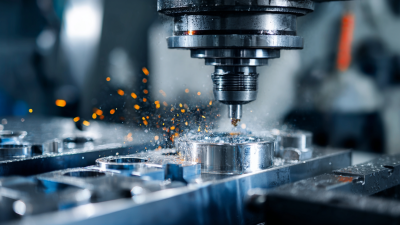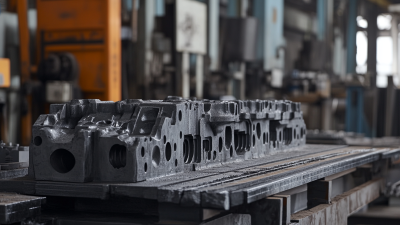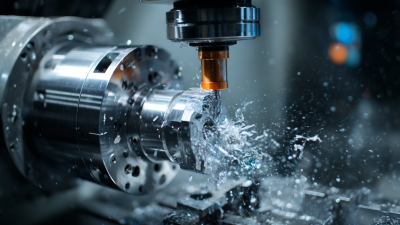 +86 180 0293 5268
+86 180 0293 5268






When it comes to manufacturing and engineering, selecting the correct components is crucial for ensuring efficiency, durability, and performance. Among the various options available, Stainless Steel Casting Parts stand out due to their remarkable resistance to corrosion, high strength, and versatility. However, choosing the right stainless steel casting parts can be a daunting task, as it involves evaluating multiple metrics and understanding specific industry requirements.
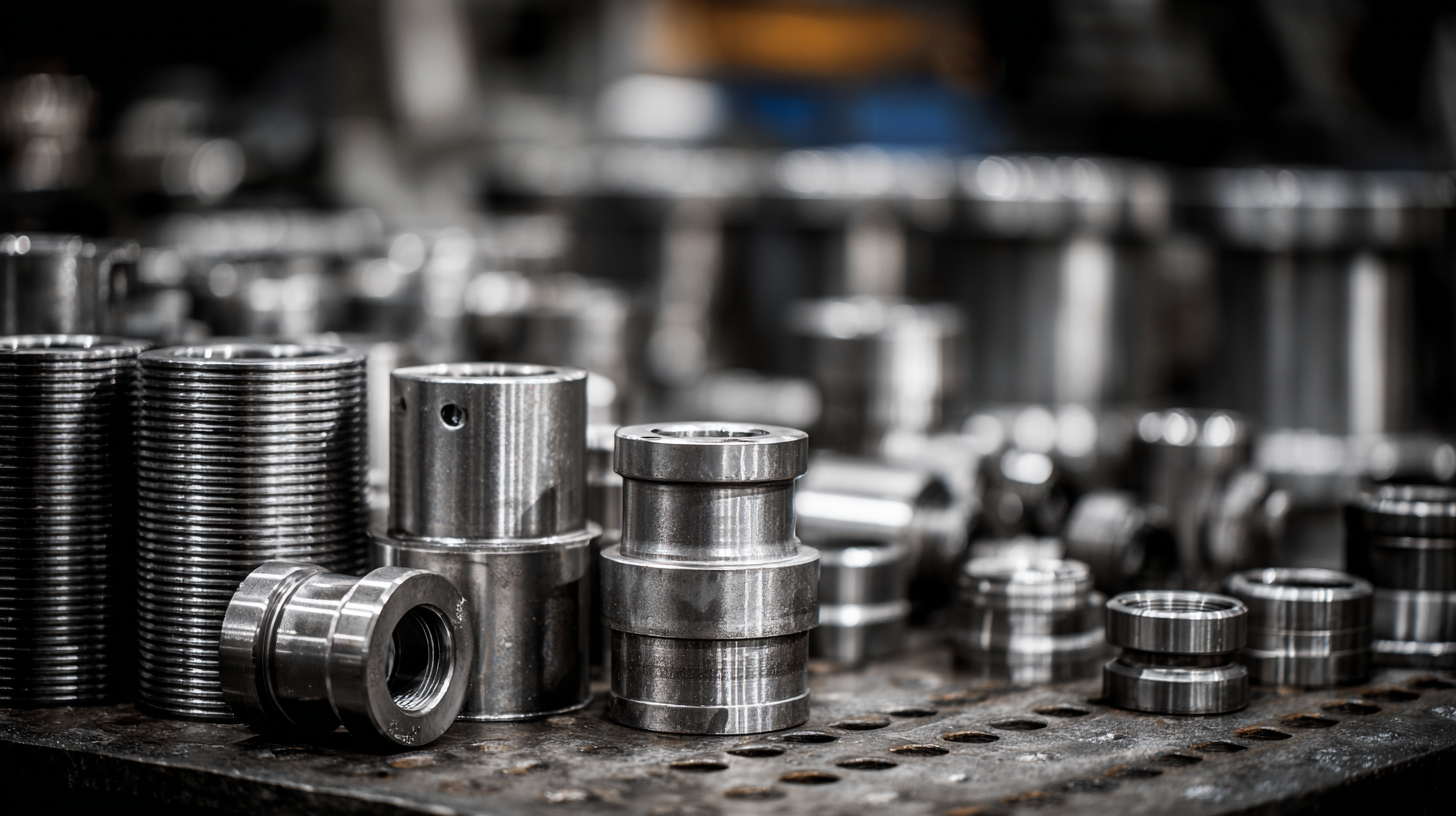
This guide aims to provide insights into the key factors to consider when selecting these components, including material grades, casting methods, surface finishes, and tolerances. By understanding these essential elements, manufacturers and engineers can make informed decisions that not only meet their project specifications but also enhance the overall functionality and longevity of their products.
When selecting stainless steel casting parts, understanding the different grades of stainless steel is crucial for achieving optimal performance in various applications. Stainless steel is primarily categorized into three groups: austenitic, ferritic, and martensitic. Each group possesses distinct properties that are suitable for specific environments. For instance, austenitic stainless steels, like the popular grade 304, exhibit excellent corrosion resistance and good formability, making them ideal for food processing and chemical industries. According to industry reports, the austenitic grade accounts for approximately 70% of the global stainless steel production, highlighting its prevalent use across various sectors.
On the other hand, ferritic stainless steels, such as grade 430, provide good corrosion resistance and are known for their magnetic properties. They are commonly employed in automotive applications and household appliances. With the production of ferritic stainless steel projected to grow at a CAGR of 3.7% through 2027, it’s evident that manufacturers are increasingly integrating these grades into their casting processes. Additionally, martensitic grades like 410 are utilized when high strength and wear resistance are required, often in cutting tools and aerospace components. As industry standards evolve, knowledge of these grades will empower manufacturers to choose the right stainless steel casting parts that meet their specific needs.
| Grade | Corrosion Resistance | Strength | Temperature Resistance | Common Applications |
|---|---|---|---|---|
| 304 | Good | Moderate | Up to 870°C | Food processing, kitchen equipment |
| 316 | Excellent | High | Up to 870°C | Marine, chemical processing |
| 410 | Fair | High | Up to 600°C | Cutlery, medical instruments |
| 2205 | Excellent | Very High | Up to 300°C | Oil and gas, desalination |
When selecting stainless steel casting parts, it’s essential to focus on key performance metrics that can significantly impact your project’s success. Firstly, consider the material composition, as different grades of stainless steel offer varying properties such as corrosion resistance, strength, and ductility. For instance, 316 stainless steel is optimal for marine environments due to its superior resistance to saltwater corrosion, while 304 is more commonly used for general purposes.
Tips for evaluation include conducting a thorough analysis of the casting process used, whether sand casting, investment casting, or another method. Each process affects the final part's dimensional accuracy and surface finish. Additionally, assessing the casting’s mechanical properties, such as tensile strength and hardness, can provide insights into its suitability for your application. Always request detailed material certifications and test reports from suppliers to verify that their offerings meet your requirements.
Another crucial metric is the part's cost-effectiveness over its entire lifecycle. While some stainless steel options may have higher initial costs, their long-term durability can result in lower maintenance and replacement expenses. Evaluate the total cost of ownership (TCO) by considering both the upfront price and the anticipated lifecycle service costs to make an informed decision.
When choosing stainless steel casting parts, the importance of tolerances and surface finishes cannot be overstated. Tolerance levels dictate the permissible gap or deviation from a specified dimension, directly affecting the component's fit and functionality in its application. In the context of high-performance environments, such as those found in metal additive manufacturing, even minor deviations can lead to significant mechanical property issues. The review on defects in metal additive manufacturing highlights how meticulously controlled tolerances can help mitigate such risks, ensuring parts meet stringent performance requirements.
Surface finish is another critical metric that influences both aesthetic appeal and performance. A well-finished surface enhances corrosion resistance, reduces friction, and promotes better adhesion for coatings or treatments when necessary. Recent advancements in machining technologies emphasize that machines equipped with adequate horsepower and torque are essential to achieve superior surface finishes when working with stainless steel. This capability not only fosters improved part integrity but also extends the longevity of machinery used in the manufacturing process, thereby optimizing overall productivity and quality in stainless steel castings.
When choosing stainless steel casting parts, understanding the balance between cost and quality is paramount. Recent industry reports suggest that organizations can save between 15% to 30% by opting for lower-quality materials, but this can lead to long-term costs associated with maintenance and replacements. High-quality stainless steel parts, while potentially 20% more expensive upfront, often result in enhanced durability and performance, reducing the risk of failure under operational stress.
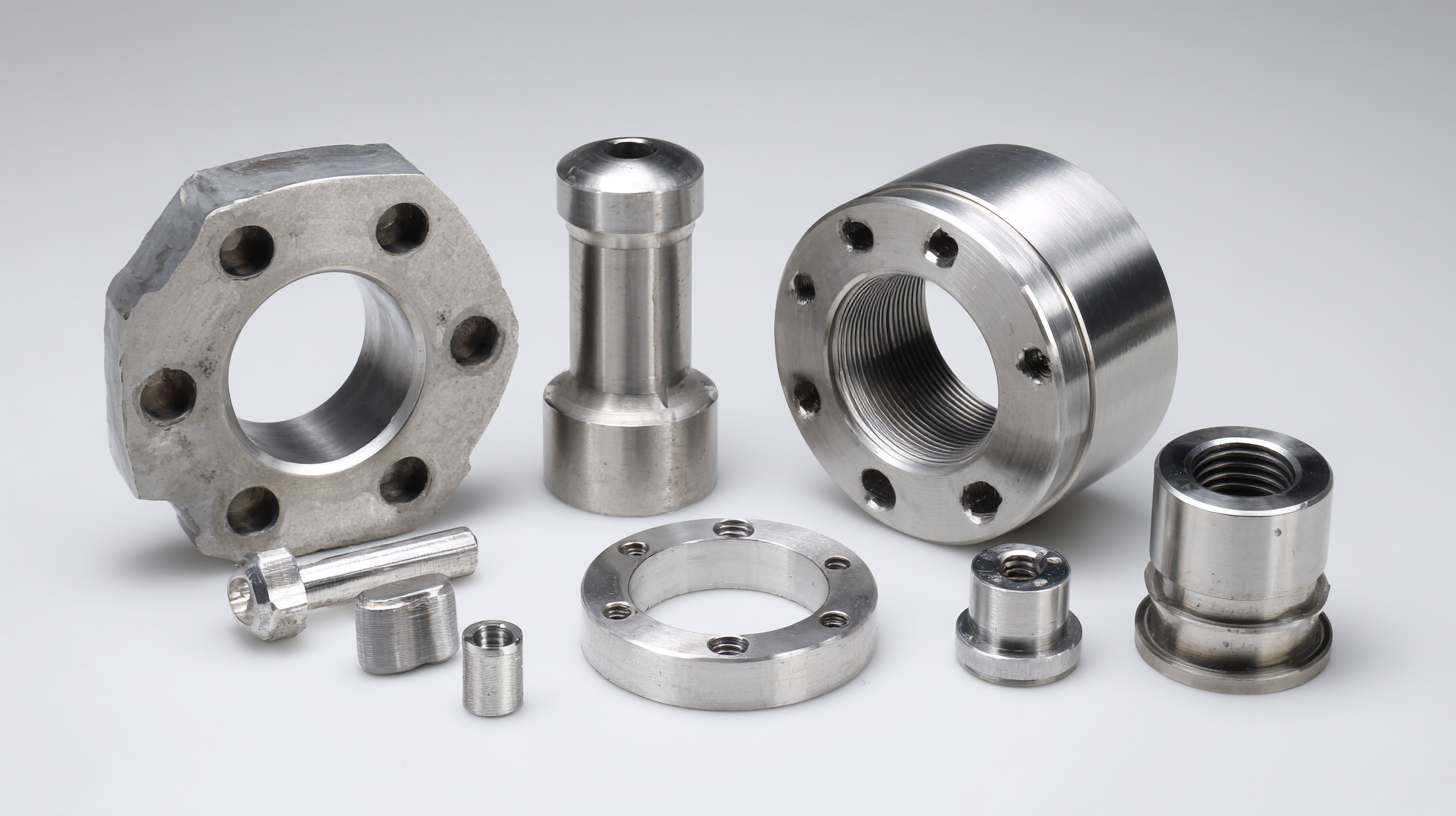
Moreover, advancements in AI technology are significantly influencing decision-making in manufacturing. AI-based vision inspection systems are now enabling companies to assess quality in real-time, providing insights that help in selecting the right components for specific applications. By employing these systems, manufacturers can ensure that they are not only meeting cost targets but also adhering to quality standards, thus making informed choices that benefit both productivity and profitability. Industry experts predict that the integration of AI in casting processes could lead to a 25% reduction in defects, further emphasizing the importance of prioritizing quality alongside cost when sourcing stainless steel parts.
The stainless steel casting industry is evolving rapidly, with innovations and technologies shaping its landscape. Recent advancements in casting processes have significantly improved the quality, efficiency, and versatility of stainless steel parts. Key industry trends include the adoption of advanced manufacturing techniques, such as additive manufacturing and precision casting, which enable manufacturers to produce more complex geometries with enhanced performance characteristics. These innovations not only reduce waste but also minimize lead times, making it easier to meet the ever-increasing demand for high-quality stainless steel components.
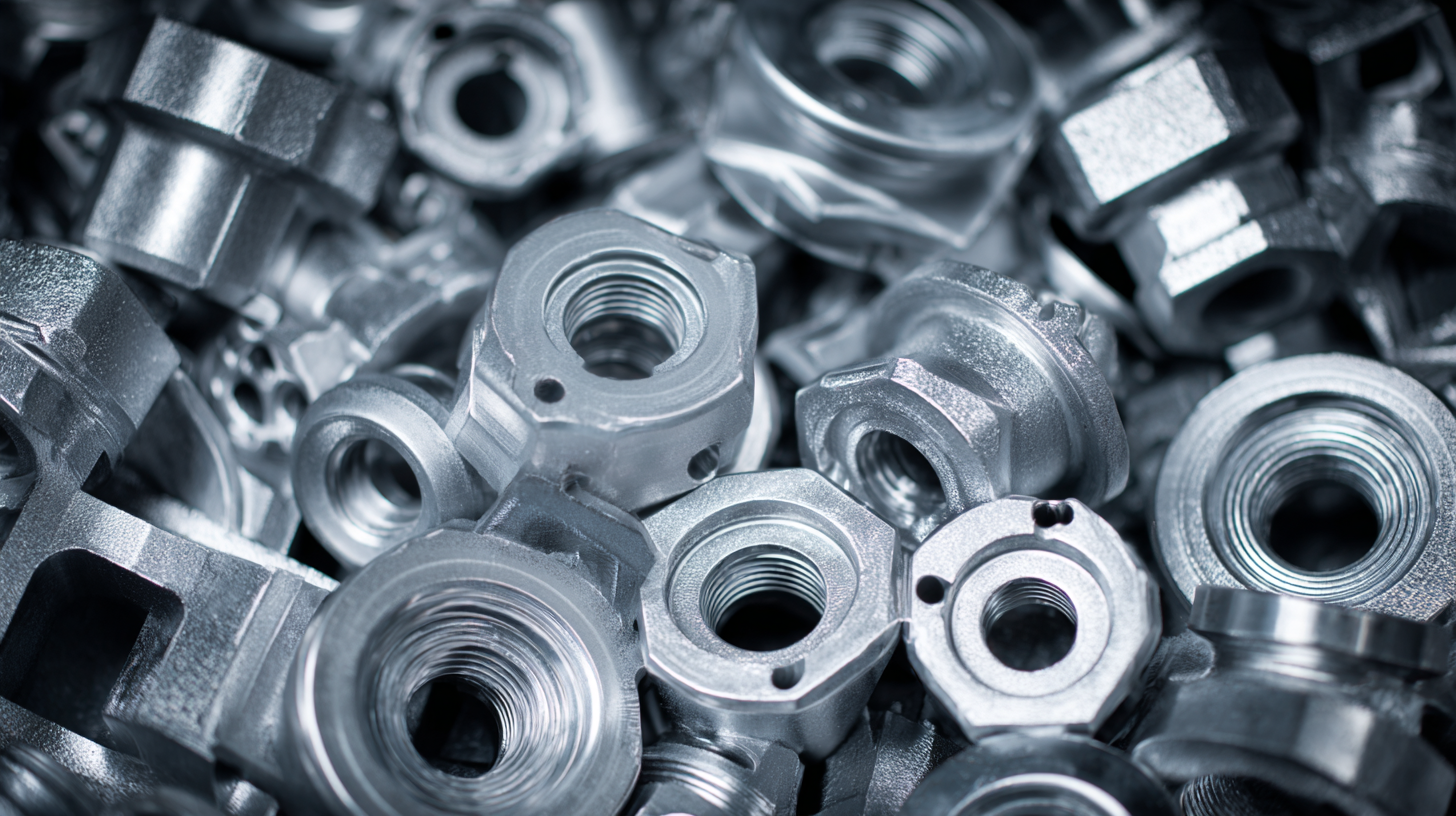
Tips for selecting the right stainless steel casting parts include evaluating the specific requirements of your application. Consider factors like corrosion resistance, mechanical properties, and overall cost-efficiency. It is also crucial to analyze the casting process that best suits your needs—whether it's sand casting for larger parts or investment casting for intricate designs. Stay updated on market trends to ensure that the materials and processes you choose are aligned with the latest industry developments, enhancing both performance and longevity.
Another essential aspect is understanding the environmental impact of different casting processes. Techniques that minimize waste and energy consumption will not only be cost-effective but are increasingly favored in a world that prioritizes sustainability. Engaging with suppliers who prioritize sustainable practices can add value to your project while promoting responsible manufacturing.
